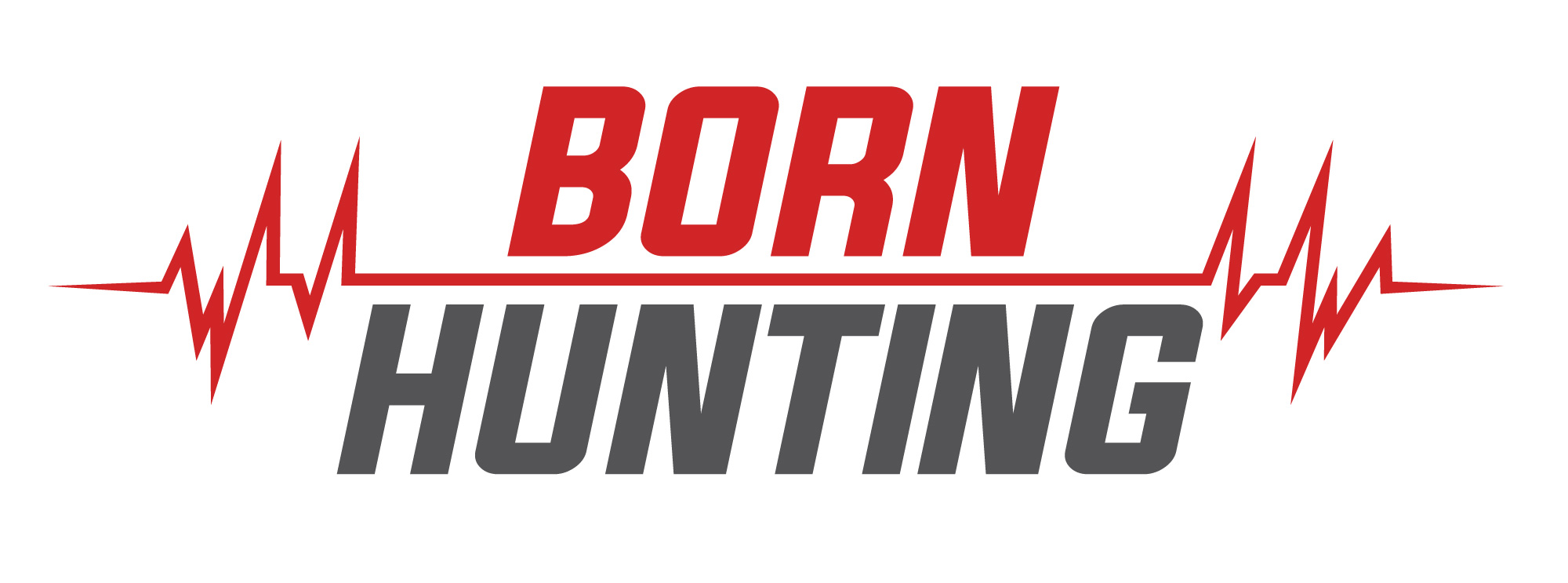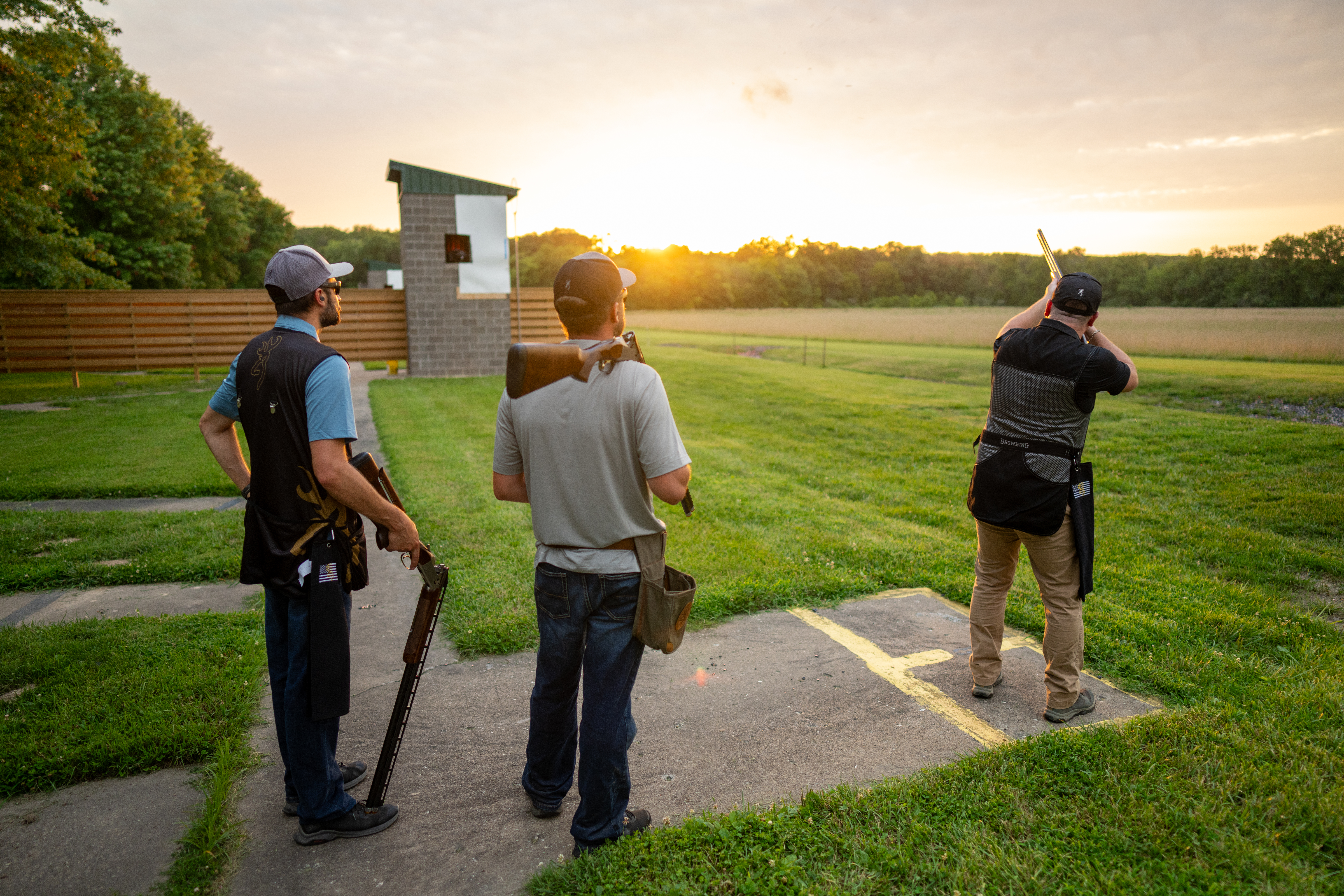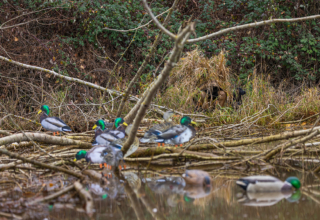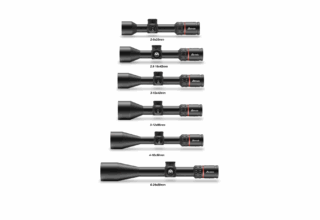If you’re annoyed with sub-par steel shotshells and the price of bismuth and tungsten blends make your stomach churn, trust a quality plated steel shotshell that gets the job done. Choose Fiocchi’s Golden Waterfowl.
by Jace Bauserman
There was a time when I cursed steel shot. That time, luckily, is long past. But let’s go back in time for a moment.
The federal government, in 1987, developed a plan of action to ban lead shot. By 1991, the ban was effective nationwide.
For me, that meant I got to shoot lead shotshells at ducks and geese for two years. Then, I had to make a change. The answer was steel shot. Steel was non-toxic. The problem with steel is its physical makeup doesn’t allow it to penetrate like lead or carve the type of wound channels. If it did, we would be shooting steel bullets out of our big-game rifles.
Early steel makes were atrocious. I remember grabbing steel shotshells and shaking them. They sounded like a baby’s rattle. The steel didn’t pack tight during the reloading process.
First Steel Experience
I remember my first goose hunt with steel shot. Our goose crew knew the properties of steel and knew we had to up our shot size. We were shooting size BB, and the first goose I shot took three loads to its mid-section at a range of about 30 yards. The goose died, but he flew 500 yards across the grain field before he did.
Yikes!
The early years of lead were frustrating, but shotshell manufacturers did what they do. They went back to the lab and cooked up better steel loads.
Today, top-tier steel loads get the job done, and legions of global waterfowlers rely on them. While steel isn’t lead or new and legal bismuth and tungsten shot, it holds its own. One of my go-to steel shells is Fiocchi’s Golden Waterfowl.

Why Golden Waterfowl?
Available in 3-inch shotshells in shot sizes of 1, 2, 3, 4, BBB, BB, and T, Fiocchi makes a Golden Waterfowl shot size for every waterfowling adventure.
Each shotshell features a precision uniform plated steel shot that promises ultra-dense patterns and remarkable knock-down power. Each shotshell is USA-made, and the Golden Waterfowl name is highly respected amongst waterfowler hunters.
First Experience
I’m a goose hunter. I love ducks, but decoying Canada geese takes the cake for me. In my neck of Colorado’s Central Flyway, we have several Canada goose subspecies. From giant Canada geese to lessers, from November through January, I spend loads of time hunched in my layout, hoping for feet-down action.
Two years ago, I tested Golden Waterfowl for the first time. I knew the hunt was going to be good. Thousands of lesser Canada geese were hitting a private-land cut cornfield. We had access, had done our scouting, and were on the infamous X.
My Golden Waterfowl of choice for this lesser shoot was BB. These 1-1/4-ounce shotshells leave the barrel at a respectable 1,350 fps, feature a Gold hull color, and a box of 25 wears an economical price tag between $24 and $28.

I was hunting with my usual goose crew, and after our first volley, I was confident I’d killed two birds. Both were hovering above the decoys at about 25 yards, but both were stone-dead when I picked them up.
Proof Is In The Pudding
We ended the hunt above three birds shy of a six-man limit. The spread was large, and I volunteered to start picking up the spread while the rest of the guys went to grab the trucks and trailers, sip warm coffee for a bit, and warm their hands.
I’d picked up about 12 decoys when I caught a thin line of black on the horizon. I quickly scrambled to my layout and hoped the blinding snow combined with the freezing temps would make the approaching group ignore the two six-slotted decoy bags full of picked-up fakes.
They did. The birds didn’t even circle. I smashed two birds at point-blank range. As the group flared and caught the wind, I swung and took a 50-plus-yard shot. When my Browning A5 thundered, a lesser fell.
I’d pulled off a triple. Was the third shot luck? Possibly. However, since that hunt, I’ve had too many good experiences with Golden Waterfowl 3-inch BB shot to call it luck.
Yes, Ducks Too
Last year, my in-love-with-ducks son, Hunter, begged that we ignore a field full of giant Canada geese and hit the Arkansas River for ducks.
Though reluctantly, I agreed to his request. Our choice of duck killers was Golden Waterfowl’s 3-inch #2 shot. The only difference between Golden Waterfowl BB and #2 shot is the size of the shot. The rest of the shotshell specs mirror one another.
It was a frigid morning, and the ice-choked Arkansas rolled slow and smooth. The problem was the river was rolling with ice, and it pulled the front of our decoys down and created a non-attractive swimming motion.

It was the late season, and migrating birds were wise. Though the migration was strong, we struggled to finish birds in the decoys, which meant taking longer shots.
True to form, Golden Waterfowl performed brilliantly, and though Hunter and I didn’t shoot particularly well, we scratched out seven birds.
I have maximum confidence in Golden Waterfowl. The shotshell make doesn’t break the bank, and it’s reasonably clean in the gun. If you want to try a new waterfowl shotshell this season, look no further than Fiocchi’s Golden Waterfowl Series. You won’t be disappointed.
Final Thoughts
I don’t want to lie or steer you down the wrong path. I mentioned earlier in this article that bismuth and tungsten makes trump steel. I have nothing against steel; it’s simple metallurgy. Tungsten and bismuth are better metals for killing ducks and geese.

When I have the funds, I lean towards Golden Waterfowl Bismuth. Though pricier, the high-density 9.75g/cc bismuth hits like bricks. Plus, shooting bismuth allows you to drop in shot size, which means more pellets in the air. When hunting lessers, I prefer 3-inch #2s. These shotshells have a 1-3/8-ounce payload and a muzzle velocity of 1,450 — 100 fps, faster than Golden Waterfowl Steel loads.
The bottom line is that you can’t go wrong with shotshells from Fiocchi. This top-tier ammo maker has been filling freezers and helping hunters make memories for over a century.













